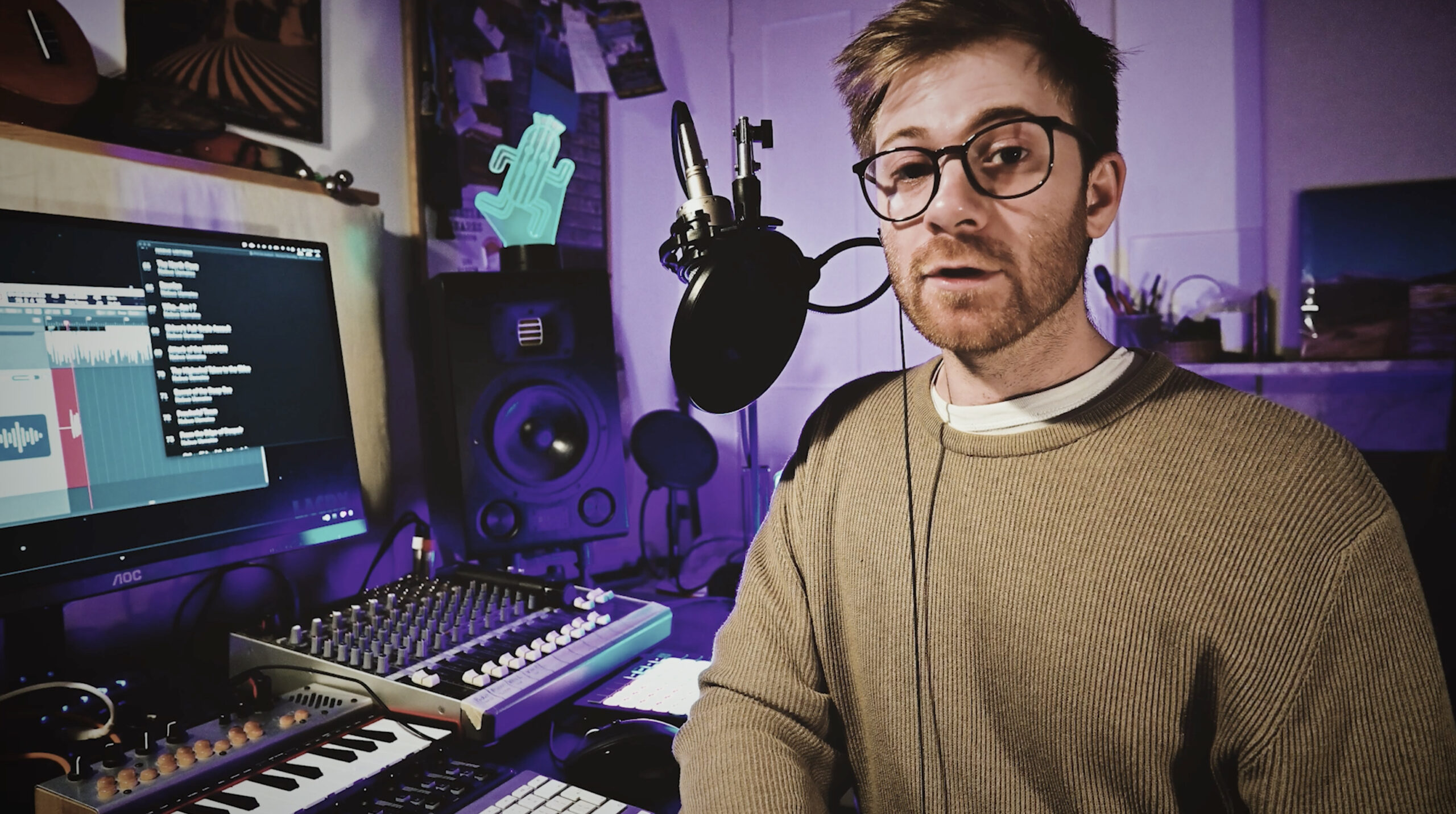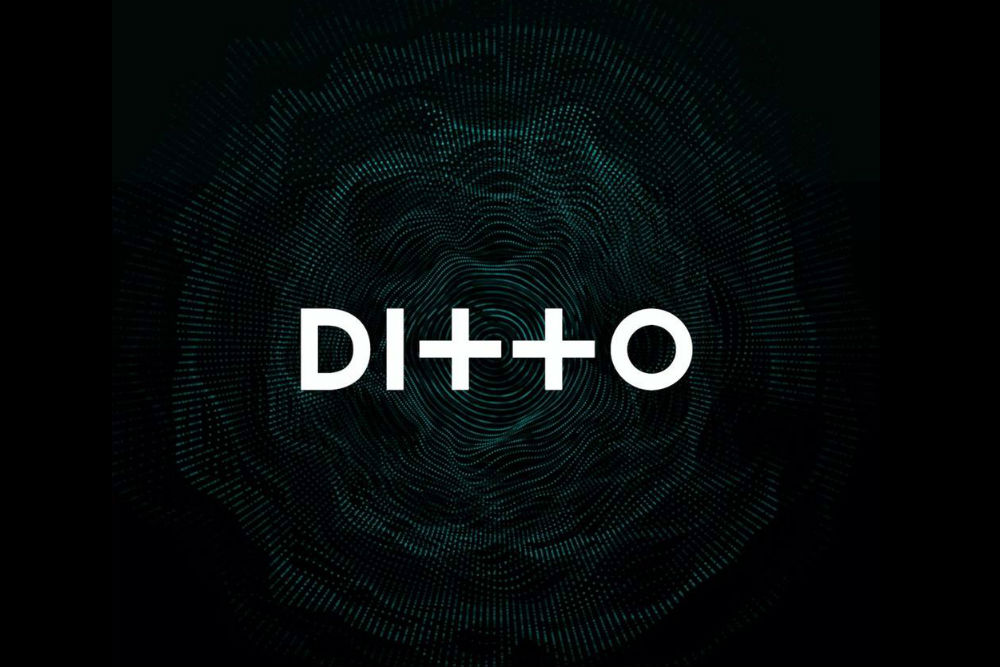Our Creative Technology blogger, Josh Trinnaman, is passionate about the intersection of music and gaming. In fact, it’s his specialist subject! With a wealth of experience in games analysis and a keen eye for dissecting the nuances of interactive storytelling, Josh has some great insight into how sound is used in video games. Join Josh as he demonstrates the intricacies of games sound design through the lens of the iconic soundtrack for Final Fantasy VII.
Let’s delve into Final Fantasy VII, a Japanese RPG that made waves upon its release in 1997 for the PlayStation 1. Set in a futuristic realm where technology, magic, and outrageous hairstyles converge, it remains a hallmark of gaming history.
Part of its enduring appeal is the masterful soundtrack composed by Nobuo Uematsu. Regarded as one of the most revered OSTs in gaming, let’s explore its implementation to identify what’s led to its lasting impact and relevance in contemporary game development.
Interested in a career in the Games industry?
Check out our degree courses and start your mission now!
The narrative tapestry
Comparable to iconic sagas like Star Wars, Lord of the Rings, or Harry Potter, Final Fantasy VII weaves a tale of camaraderie and heroism. A diverse cast of characters embarks on a globe-trotting odyssey to defeat an evil villain and save the world, traversing a myriad of locations across a sprawling planet.
Final Fantasy VII represented the developer’s first transition to 3D graphics, departing from the 2D sprite-based visuals of its predecessors. Despite the technological limitations of its time, particularly in its polygonal character models and FMV cutscenes, the visuals were considered pretty advanced back then.
Visual constraints and musical weight
FFVII had no voice acting; the narrative unfolds through text-based dialogue, while character models are simplistic polygonal figures (essentially, 3D versions of 2D sprite character designs), meaning that their expressions were limited to basic animations.
In light of these visual constraints, the music has to do a lot of heavy lifting to convey character emotions, the mood of particular locations, enhance storytelling, and communicate the game’s overarching tone.
Read more: The remarkable journey of games graphics
Character identity and themes
Each main character has their own distinct theme, introduced upon first meeting them and recurrently during pivotal moments in their character arcs. These musical motifs serve to augment the personality of each character, providing insights into their personalities and fostering emotional connections with players.
The musical style of each piece works to reinforce and fit the characters’ key traits and their thematic place in the story. In terms of character, the music has a very simple goal: to sum up a character quickly and effectively. This could be one factor to explain why these characters and musical themes still resonate with people today.
Location themes and leitmotifs
Beyond character themes, the game’s diverse environments are accentuated by unique musical compositions, each reflecting its setting. Whether exploring bustling metropolises or desolate wastelands, the music serves as an immersive backdrop.
Nobuo Uematsu employs leitmotifs, recurring melodic phrases interwoven throughout the soundtrack. Core melodies are re-contextualised in different keys and genres, such as switching from major to minor key to denote the emotional context of the scene or location. Reprising musical phrases in this way maintains thematic cohesion throughout a diverse musical landscape.
See these shared melodies in action:
- Opening Theme and Lifestream
- Main Theme, Under the Rotting Pizza, HIghwind, Who…Am I? and Words Drowned By Fireworks
- Villain Theme, Villain Boss Fight Theme, and Attack of the Weapon
- Electric de Chocobo and Cinco de Chocobo
An enduring musical legacy
Advancements in visual technology, such as full-body motion and performance capture, and higher visual fidelity, have reshaped the way stories are told and communicated to the player. As such, FFVII’s soundtrack style would likely intrude and ‘break’ the atmosphere of a gaming experience if it were used today.
Instead, soundtracks in AAA titles now often have a particular theme or song that’s used primarily in promotional material and trailers. In general, in-game music now tends to consist of ambient drone or non-intrusive background sound, designed to take a back seat to the action. That is, unless we’re talking about DOOM Eternal!
Though FFVII’s approach is now considered somewhat antiquated, its musical legacy endures. While contemporary AAA titles often favour more ‘anonymous’ ambient soundscapes, it’s worth considering that, despite evolving industry trends, FFVII’s soundtrack is still performed by orchestras, covered extensively, and cherished by a passionate community of fans.
About the author
Josh Trinnaman is a musician, producer, mixing/post-production engineer and avid gamer from Brighton.
 He has worked on releases by artists such as RY X, Vessels, Calibre and many more artists on labels such as Universal and Sony BMG.
He has worked on releases by artists such as RY X, Vessels, Calibre and many more artists on labels such as Universal and Sony BMG.
Josh’s most recent project is Cactuar Collections; a series of albums dedicated to recreating and updating music by Nobuo Uematsu from the Playstation 1 titles Final Fantasy VII, VIII & IX – with the eventual aim of turning these albums into a full live band and tour.



